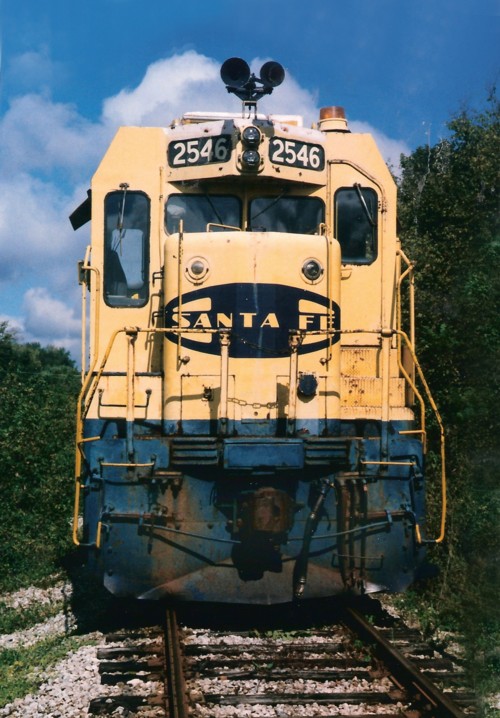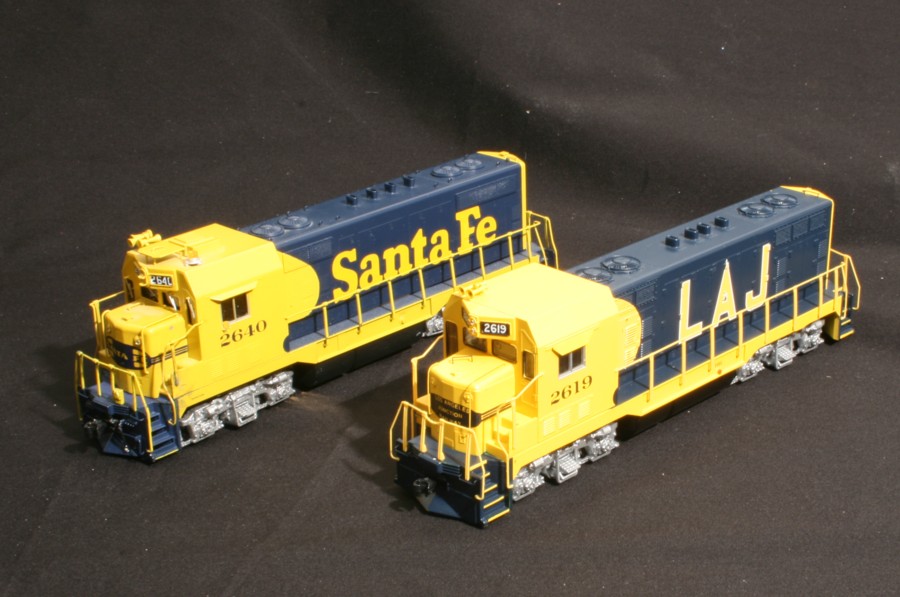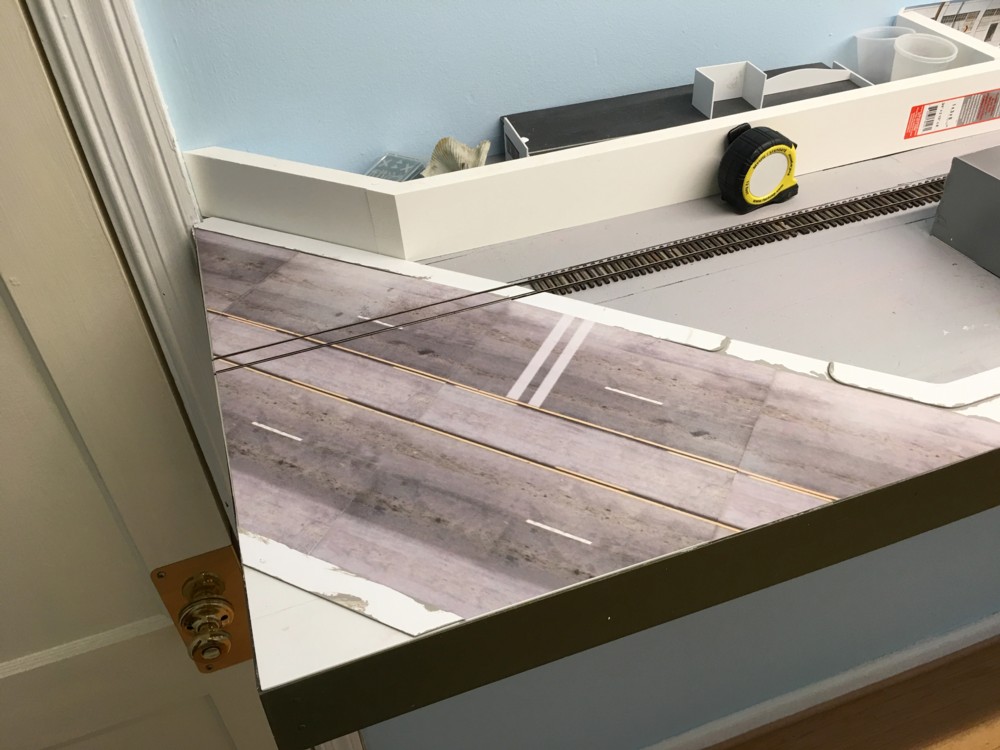Malcolm Gladwell’s book, Blink, addresses the relationship between the amount of thought that goes into making a decision and the ultimate quality of that decision’s outcome.
As the time devoted to making a decision increases, eventually things flatten out and you hit the point of diminishing returns. More tooth gnashing, more analysis, doesn’t give you a better end result. Taken to the extreme, which it often is, analysis paralysis sets in. The quality of the decision will no longer improve and the opportunity cost of all of the time lost due to non-action begins to mount. The time spent analyzing becomes suffocatingly detrimental.
You see it all of the time in model railroading. The fear of “getting it wrong” is so overwhelming that for many hobbyists years, or even decades, pass without so much as two pieces of plastic being glued together. What if I pick the wrong prototype? What if the layout is boring? What if I make a design error? What if the bench work is too high? What if its too low? What if, what if, what if.
It’s possible that any of the above could happen but even if those “errors” did occur, they wouldn’t be as devastating as you’d think. One thing is certain, however, and that’s the harsh reality that time lost can never, ever be recovered. You can’t go back and retrieve those years you weren’t in the hobby.
One particular passage in the book stuck in my mind. It was an interview with the CEO of a successful mid-sized corporation. They didn’t spend long periods of time agonizing over decisions, perhaps a day or so, even for major ones. Why? First, no matter how much analysis you do, once you put a business strategy into action the market reaction will be largely unpredictable. Second, this particular company put all of their faith in their ability to make adjustments and improvements after the decision was put into play. When a big decision needed to be made, the key players would meet and hash it out for a few hours. They’d make a decision put it into action promptly and then prepare to make the necessary corrections once they saw the consequences they were faced with.
If I had to pick the largest issue facing our hobby today it would be inertia. I have no doubt that there are tens of thousands sitting on the sidelines wondering and agonize over “if and how” they will ever jump into the pool and actually start modeling. I also have no doubt that the issue is compounded exponentially by the dawn of the information age. If you took all of the time spent on social media and writing forum posts the length of a doctoral thesis, added it all up, you could have all of the bench work, wiring and a chunk of scenery complete on a mid-sized layout.
The best time to give thought to the perfect layout is while you are currently working on an existing layout. Plug away, learn what you like and don’t like about your current plan, make mental notes, and when you’ve thrashed your current layout for all it’s worth then move onto the “perfect” layout.


